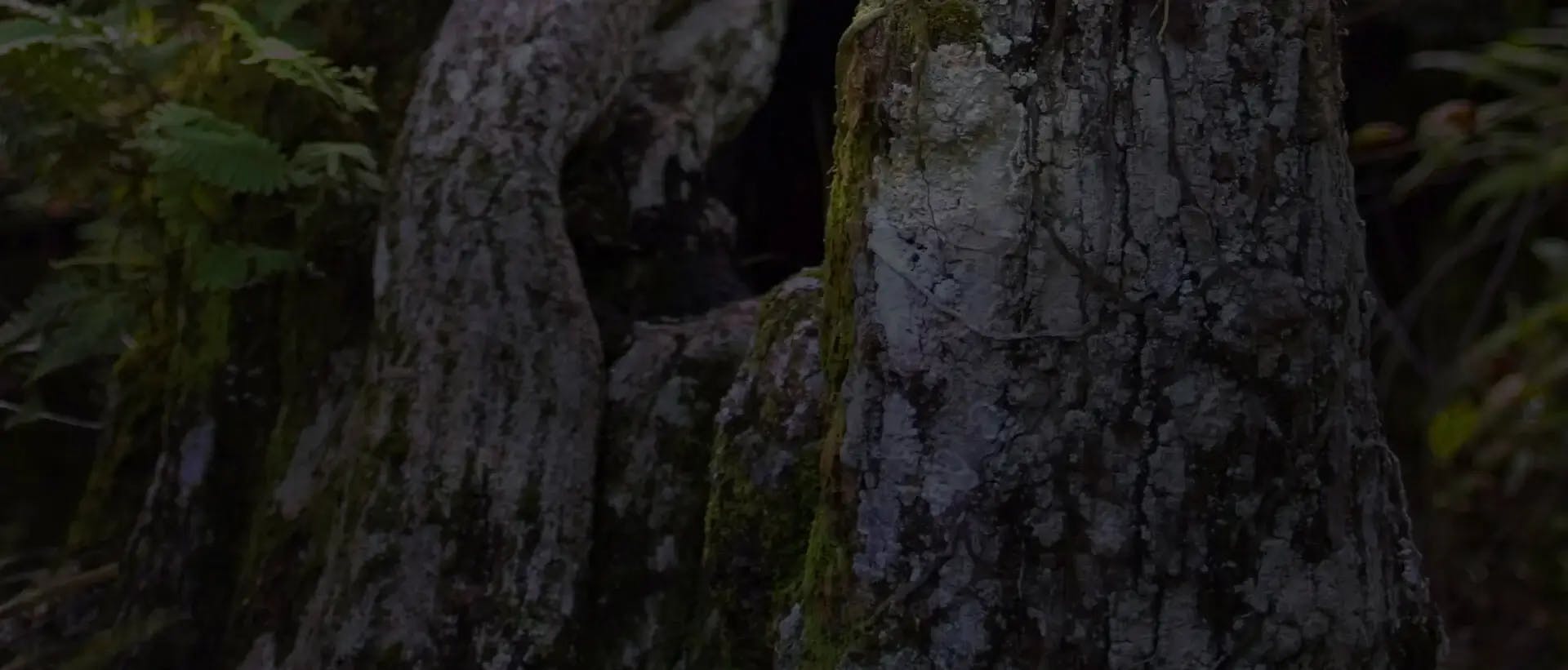
Brassia
(pronounced: BRASS-ee-ah)
Classification
Maxillarieae subtribe Oncidiinae. Brassia section Glumacea has been transferred to the genus Ada.
Overview
Caespitose or creeping epiphytes, lithophytes, and terrestrials. Pseudobulbs usually compressed, often sharply two-edged, +/- subtended by usually deciduous foliaceous bracts. Leaves one to several, when more than one often separated by a conspicuous internode. Inflorescences axillary long-pedunculate racemes or panicles. Flowers two-ranked, spidery. Sepals and petals subsimilar, subequal, linear-lanceolate, acuminate, brittle. Lip unlobed or obscurely three-lobed, acuminate, with a basal pair of usually pubescent calli. Column short, straight, without wings or foot; pollinia 2, grooved, on a common stipe and viscidium.
Etymology
Honoring William Brass, a botanical illustrator of the late 18th and early 19th centuries.
Distribution
A genus of about 35 species found throughout the Neotropics from Mexico to Bolivia and the West Indies. Common name: Spider Orchid.
Care and Culture Card
See basic growing conditions and care information below.
Grow plants of Brassia in pots or baskets with a medium-grade epiphyte mixture. Provide intermediate temperatures, medium bright light levels, and steady watering throughout the year. Allow the roots to dry out somewhat between waterings. Care should be taken to repot the plants only after the onset of new root growth following the emergence of new shoots. Most species of Brassia exhibit rapid onset of post-pollination syndrome, including discolorations of the flowers, if the anther is dislodged.
Literature
Dunsterville, G. C. K. 1981. Brassia bidens from “Dumpleen Camp.” Amer. Orchid Soc. Bull. 50(1):17-20. Fowlie, J. A. 1961. Ecology notes: the genus Brassia in Jamaica. Amer. Orchid Soc. Bull. 30(7):578-580. Kooser, R. G. and G. C. Kennedy 1979. The genus Brassia R. Brown section Eubrassia Lindley. Orchid Digest 43:164-172. Teuscher, H. 1952. Three forms of Brassia longissima. Amer. Orchid Soc. Bull. 24:820-##. Teuscher, H. 1968. Brassia antherotes (B. longissima). Amer. Orchid Soc. Bull. 37(2)108-111. Teuscher, H. 1973. Collector’s Item: Brassia bidens, B. neglecta and B. wageneri. Amer. Orchid Soc. Bull. 42(2):125-129. Teuscher, H. 1973. The two sections of the genus Brassia. Amer. Orchid Soc. Bull. 42(12):1089-1094.

FREE ACCESS: Orchid DealWire
Get notified when orchid vendors have special promotions and exclusive savings.






